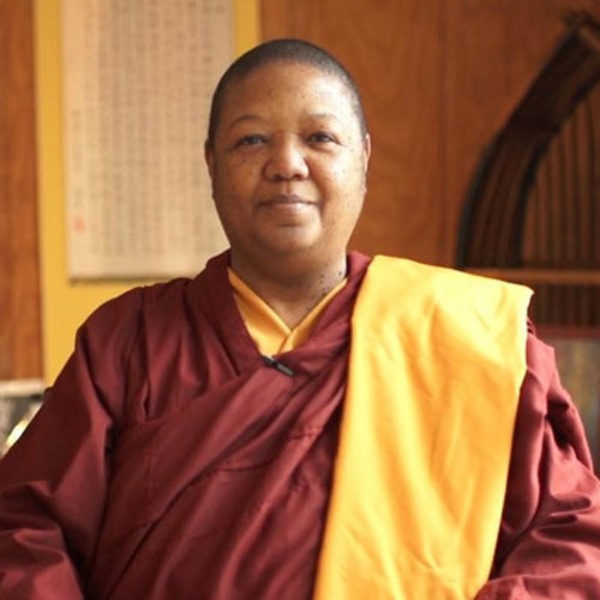Jaya Rudgard
We’re fortunate that Jaya Rudgard has generously offered to lead our daily meditation sessions for Europe and the UK. To find out more about Jaya, and to view her other contributions to Sangha Live, click here.
Recordings are posted 24 – 36 hours after the live session runs.
This week’s theme is “Similes and Images from the Ancient Texts“.
Each morning this week we’ll dive into one of the images from the natural world and daily life that the Buddha used to explain his teachings. Let’s see how how these similes and metaphors from the Buddhist texts can support our understanding and enrich our practice. We may also discover how practising with them can enhance our appreciation of the world around us.





